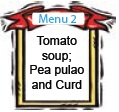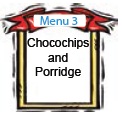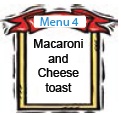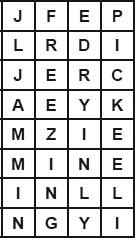Subject :NSO Class : Class 6
Subject :NSO Class : Class 8
Post Your Answer
Subject :NSO Class : Class 6
Post Your Answer
Subject :NSO Class : Class 2
Post Your Answer
Subject :NSO Class : Class 5
Read the following adaptations of animals for grassland habitat.
(i) They have strong claws that can be withdrawn inside their toes.
(ii) They have eyes on the sides of their heads.
(iii) They have strong, flat hind teeth for chewing.
(iv) They move in herds.
(v) They have eyes in front of their faces.
Select the option that correctly categorises the given adaptations for prey and predator animals.
| Preys | Predators | |
| A | (i), (ii), (v) | ----(iii), (iv) |
| B | (ii), (v) | (i), (iii), (iv) |
| C | (ii), (iii), (iv) | ----(i), (v) |
| D | (iii), (v) | (i), (ii), (iv) |
answer is C
Ans 12:
Class : Class 10
In my case, I feel that (A) is suitable, but in the test report, it is showing option (C) as the correct answer. Why?
Post Your Answer
Subject :NSO Class : Class 2
Post Your Answer
Subject :NSO Class : Class 2
Match column I with column II and select the correct option.
| Column I | --Column II |
| (A) Dry fruit | --1. Green gram |
| (B) Pulses | --2. Raisin |
| (C) Beverage | --3. Coffee |
| (D) Spice | --4. Coriander |
| --5. Tea | |
| --6. Almond |
A (A)-6; (B)-1,2; (C)-3,4; (D)-5
B (A)-5,4; (B)-3,2; (C)-1; (D)-6
C (A)-2,6; (B)-1; (C)-3,5; (D)-4
D (A)-6; (B)-2,3; (C)-1; (D)-5,4
c
Ans 4:
Class : Class 7
aaaaaaaaaaaaaaaaaaaaaaaaaaaaaaaaaaaaaaaaaammmmmmmmmmmmmmmmmmmmmmmmmmmmmmmmmmmm?????????????????????????????????????????????????????????????????????????????????????????????????????
Ans 5:
Class : Class 7
aaaaaaaaaaaaaaaaaaaaaaaaaaaaaaaaaaaaaaaaaammmmmmmmmmmmmmmmmmmmmmmmmmmmmmmmmmmm?????????????????????????????????????????????????????????????????????????????????????????????????????
Post Your Answer
Subject :NSO Class : Class 7





